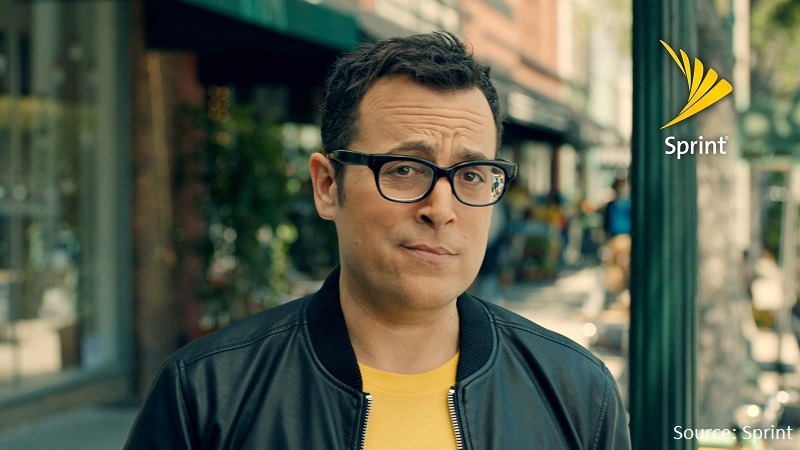
You probably don’t know his name, but I bet you would recognize him. I also bet you could tell me what company he worked for several years ago, and what company he works for now. What if I say these five words: “Can you hear me now?” Does that give you the clue you need?
His name is Paul Marcarelli, and he is the ubiquitous cellular service provider “test man,” roaming around the city testing his network with the words “Can you hear me now?” Paul, in his gray Verizon branded jacket, made these five words a household phrase until 2011. Now, Sprint is leveraging that brand recognition for themselves. Paul now walks around in a yellow Sprint jacket referring to his switch from one network to the next and saying those same five words.
Why is it that you remember the phrase? Or that you remember the color of his jacket? Maybe even his horn-rimmed glasses? It’s all about repetition.
The advertising community has said the average consumer sees between 3,000 and 20,000 messages a day. That’s a lot of messages traveling through our busy minds. However, seeing is different than absorbing. To make a message resonate, we typically need to hear it or see it seven to 15 times.
Change communications that drive behavioral change are no different. For an employee to adopt a message, it takes repetition – multiple times across multiple channels. In The Change Book, we talk about the different stages of absorbing a message: Exposure, Awareness, Attention, Retention, and Action. Then, we recommend layering it across multiple vehicles, helping others share the message, and testing it to ensure you’re on track.
That’s how we make messages resonate with people. Messages lead to changes in behaviors, which ultimately become habits. The more you hear it, visualize it, and think it, the more it “sticks.”
Can you hear me now?



